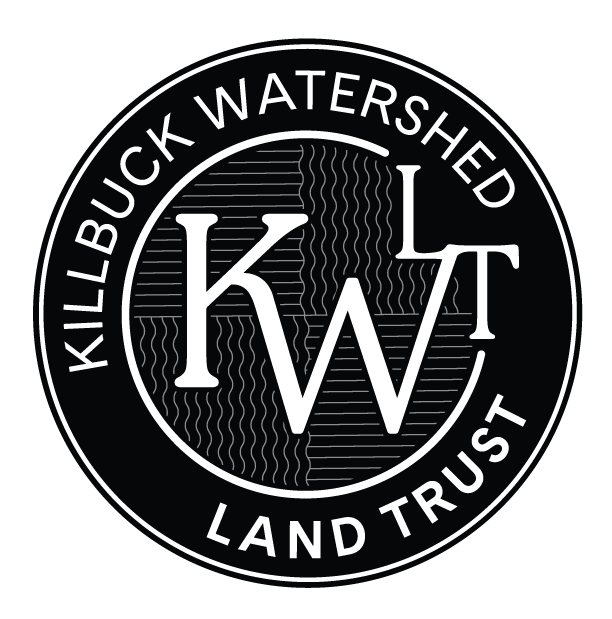
Protect Your Land
Each day, we lose 3,200 acres of farmland to development.
Today, farm production requires expansive parcels of land utilizing bigger and more efficient machinery to remain competitive. When a farm is sold and broken up into parcels, realtors and developers often replace the farmland with housing units.
Housing comes with a need for infrastructure, like electric and gas lines, septic systems, impervious driveways, sidewalks, roadways and rooftop surfaces. All of this infrastructure alters water infiltration and there is a greater demand for well water from aquifers. In addition, subdivision of farms drives up the price of local real estate and tax values, which make it more difficult and expensive for farmers to expand.
Counties throughout the Killbuck watershed contain highly productive cropland and open spaces that we aim to protect by working directly with landowners to achieve your individual goals.
Protect the integrity of your land with a conservation easement—a voluntary, legal agreement that permanently limits the use of your land.

Between 1950 and 2000, Ohio lost more than 6.9 million acres of farmland, representing nearly one‐third of Ohio’s agricultural land.
Frequently Asked Questions
What does a conservation easement do for my land?
Conservation easements are legal agreements that permanently limit the development of the land in order to conserve its agricultural or natural value. Landowners continue to own and use their land, and they can sell it or pass it on to heirs. The limits of the conservation easement ‘runs with the land,’ meaning that even if the land is inherited or sold the restrictions stay in place.
How long does a conservation easement last?
Most easements “run with the land,” binding the original and all subsequent owners. Since the easements are recorded in the County Recorder’s office, it is notice to the public that the land is subject to the easement, so all future owners and lenders will learn about the restrictions when they obtain title reports on the land.
What if I choose to donate my land?
Before the conservation easement is signed and filed at the County Recorder’s office, the land trust will document by official maps, photos, and a written report, the condition and state of the real estate at the time the agreement is entered into between the landowner and the land trust.
Every year after the easement is granted, the land trust is responsible for monitoring the easement to ensure that its conditions have not been violated. The landowner is free at any time to sell the land or pass it on to heirs, subject to the restrictions placed upon the land by the terms of the easement.
What is a land trust?
A land trust is a nonprofit organization, the main mission of which is to assist in the conservation of land for its natural, recreational, historical or productive values. It can purchase land for protection, accept donations or bequests of land, and accept the donation of agricultural or conservation easements which permanently limit the type and scope of development of the land.
What will the land trust do with my land?
If you choose to transfer the title for your land to the land trust, we will care for the land in a manner consistent with our core mission. Our land trust has the expertise and experience to ensure the land will remain as permanent open space or permanent agricultural land.
How does the Killbuck Watershed Land Trust operate?
The land trust is funded by private contributions and grants. It is governed by a Board of Trustees. It is a charitable organization and is registered as a 501(c)3 tax-exempt corporation. Thus, the landowner may be eligible to receive a tax benefit for making a donation of land or money. When planning to make a donation of land, the landowner is encouraged to obtain advice of his or her tax professional and/or attorney in order to determine if such an action will fulfill the landowner’s intentions and purposes.

